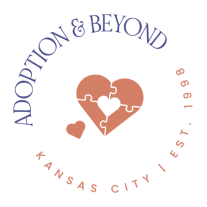I am so excited to start a new series where we dive into the six avenues of adoption and share an overview of each type. The six avenues are domestic agencies, consultants, private adoption, embryo, foster care, and international adoption. Regardless of how you are adopting, it is a beautiful decision that will change your life, as well as the life of the child who is placed with your family.
The first avenue we will be discussing is agency adoptions.
Each agency has its own policies and procedures which can be a deciding element when you are faced with choosing the right agency for you. Different agencies have their own age range requirements. Some agencies may have requirements for married couples or policies on divorce. Agencies can also determine whether or not they will work with single parents or unmarried couples. Agencies may also consider medical history. Your first step when researching agencies is to confirm that you, and possibly your partner, fit their requirements as far as age, marriage history, relationship statuses, medical history, criminal history, and more.
Some agencies may require home studies to be completed through their agency, while other agencies may not have a preference of where the home study is completed. Most agencies will accept outside home studies, especially national adoption agencies that serve adoptive families all over the United States.
It is the adoption agency’s job to find the best possible home for every child. So, what are adoption agencies looking for?
- Financial stability
- Healthy families (proven with a physician’s note). Some agencies will work with families who have a history of cancer and they are known as cancer-friendly agencies. It’s important to talk with agencies whenever there is a history of cancer or other medical conditions both physical and mental.
- Criminal history (adoption agencies look into all of our histories; don’t hide anything because you think it’s been expunged!)
Check out my video on this topic here. Join me next week as I cover consultant-based adoptions.

